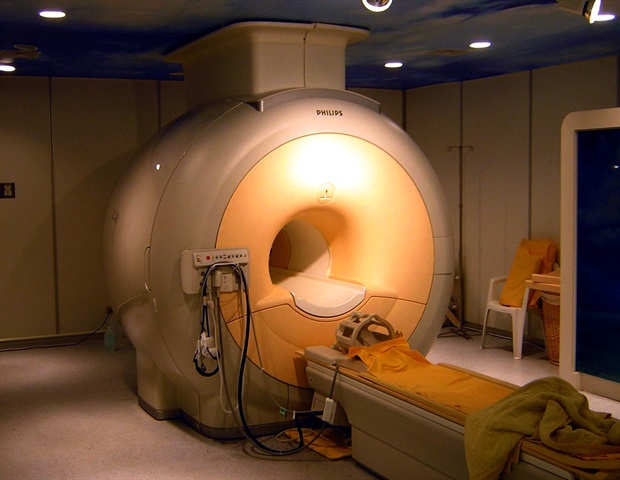Announcing a new article publication for Cardiovascular Innovations and Applications journal. Heart failure (HF) is a clinical syndrome with a wide variety of clinical presentations, pathophysiologies, and natural histories.
HF is becoming more prevalent globally, thus increasing effects on healthcare systems. Cardiac magnetic resonance (CMR) imaging is a valuable tool for better understanding HF and its prognosis. The commonly used reference standard of CMR cine imaging provides accurate assessment of chamber size and function. Phase contrast imaging can be used to assess the degree of valvular regurgitation and complex flow patterns. Stress perfusion imaging can detect subtle areas of ischemia and microvascular dysfunction. Late gadolinium enhancement imaging aids in diagnosing causes of HF and guiding revascularization in ischemic cardiomyopathy.
Supported by histological validation, T1 and T2 mapping provides non-invasive information on tissue characteristics in inflammatory and infiltrative cardiomyopathies. CMR also provides various techniques to measure strain in the atria and ventricles at high spatial and temporal resolution. CMR continues to serve as an important modality for the evaluation of HF.
Source:
Journal reference:
Pan, J. A., & Kramer, C. M. (2024). Cardiac Magnetic Resonance Imaging in Heart Failure. Cardiovascular Innovations and Applications. doi.org/10.15212/cvia.2024.0037.

